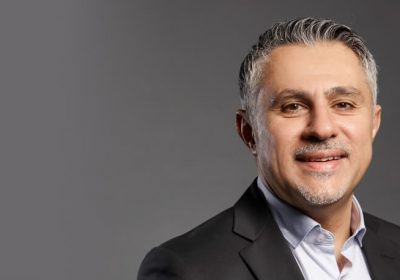
- Author: Lisa Stephenson,
- Posted: August 23, 2021
6 Tips for CFOs to Become Master Communicators
So much of what we communicate these days is delivered at a distance. We send text messages instead of picking up a phone; celebrate the achievements of family and friends with an emoji on social media; and fire off emails rather than schedule a meeting. Even those Zoom calls that we’ve become so familiar with over the past year don’t quite compare with the face-to-face interactions that were once our modus operandi.
As a result, one could argue that our ability to communicate and collaborate has deteriorated, ironically, as communication technology has developed. Yet according to the World Economic Forum, so-called ‘soft skills’ – like communication – are especially relevant in the current and future workforce. After all, despite a surge in technology-driven displacement of jobs, we humans still have the advantage over machines when it comes to our ability to manage, advise, make decisions, interact, reason and communicate.
It should be simple: we all talk, listen and question, but is that really communicating? When under pressure particularly, we tend to revert to our default communication style. The truly masterful communicators are great storytellers, negotiators, and influencers, but also listeners. Communication is central to their success. They are typically more liked, respected, trusted, connected, successful and valued than their peers. Here’s how they do it.
They clarify their objective. Before you open your mouth or put fingers to keypad, consider: what are you trying to communicate? What are you hoping the outcome of this conversation or message will be? What topics do you need to bring up? Being clear about the purpose of an interaction will help you convey your intended meaning.
They keep it brief. Whether you’re delivering a presentation or sending an email, aim for quality over quantity. The attention span of humans is now measured at just 8.25 seconds. While not every interaction can be quite so succinct, it always pays to impart your main point first. Author Simon Sinek recommends using the golden circle model: stating your ‘why’ first – your purpose or your belief – and then your ‘how’ and ‘what’.
They speak their truth. Trust is seen as declining around the world, so it’s more critical than ever to be an authentic communicator. As Facebook’s chief operating officer Sheryl Sandberg explains, this is pretty simple, given that everything in life is subjective and therefore true to whoever believes it. Instead of a leader walking into a room and saying, ‘Here’s the answer’ – not giving anyone the opportunity to say otherwise – she suggests starting from the position ‘Here is what I believe; what do you believe?’. This allows others to communicate their own truth, too.
They wait their turn. As the son of a tribal chief, Nelson Mandela learnt many valuable lessons about the attributes of great leaders. One trait he observed in his father was that, at meetings, he was always the last to speak. When leaders are too quick to share their own opinions, they influence (and potentially change) the points that others may have raised, had they been given the chance to contribute. So sit back and take in what others are saying.
They listen. Great communicators get up close and personal with those around them. They demonstrate that they’re engaged by shutting out distractions, asking lots of questions and listening more than they talk. Crucially, they seek first to understand and then to be understood. They also pay attention to non-verbal cues, which research suggests comprises 93% of communication. People do not always tell their truth, but they do always show us what they are thinking and feeling, and what they are about. If we concentrate on ‘seeing’ them rather than just listening to their words, we will understand them far better.
They manage their signals. Just as it’s important to observe other people’s body language, you need to consider – and control – your own cues, too. For instance, if you want to show confidence, prepare yourself and what you have to say. Stand/sit tall, uncross your arms, speak clearly and concisely, look the person in the eye and manage what your face is doing. Remember you often get back what you give out.
Author: Lisa Stephenson, founder of The Coach Place Global, is a globally recognised high-impact coach, consultant, keynote speaker and author. You will find her behind the scenes with C-Suite executives, entrepreneurs and high profile individuals in fast-paced environments, where absolute trust is non-negotiable and the stakes are high. Become a Coach Place Member to gain instant access to insightful articles, thought provoking masterclasses, inspiring interviews and more to accelerate your personal growth at: www.thecoachplace.com








